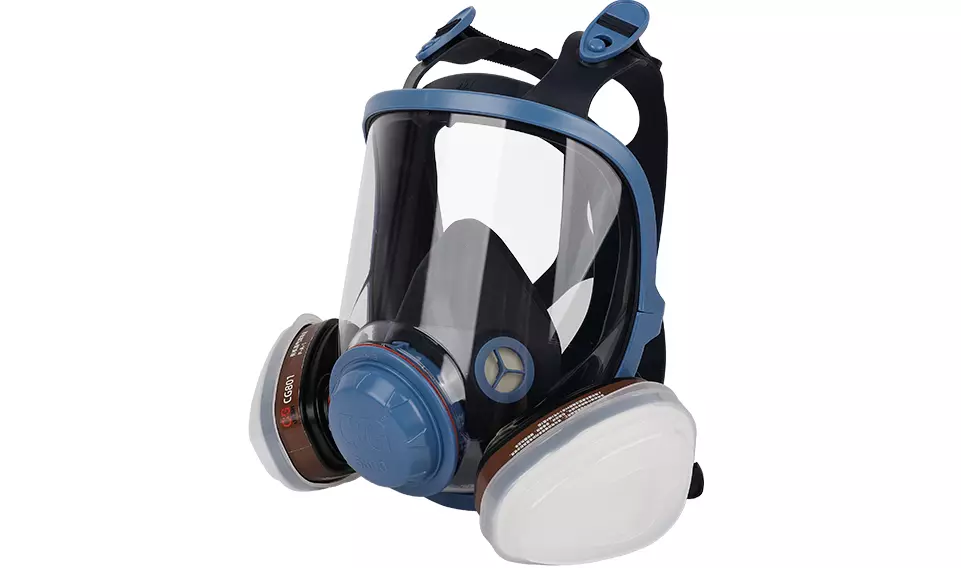
When should a gas mask be scrapped?
The timing of scrapping a gas mask is mainly based on its service life, usage status, safety performance and other considerations. The following is a detailed analysis of when a gas mask should be scrapped:
A. Scrapping based on service life1. Normal service life
Under normal circumstances, the service life of a gas mask is about 5 years under normal use and proper storage. This time is obtained by comprehensive evaluation based on factors such as the material, structure and filtration performance of the gas mask.
2. The life of a specific type of gas mask
For certain specific types of gas masks, such as gas masks equipped with cart-type pressurized dry powder fire extinguishers, their effective use time may be longer, but generally not more than 8 years. The specific effective use time also needs to refer to the product manual or relevant standards.
B. Scrapping based on usage status1. Damage to appearance and structure
If the gas mask is damaged or broken during use, such as cracks in the mask, valve failure, aging of the sealing ring, etc., these may seriously affect its protective performance. Once these situations are found, the gas mask should be scrapped immediately and replaced with a new one.
2. Failure of filter elements
The filter element of a gas mask is its core component, which is used to filter toxic gases and particulate matter. If the filter element is damp, contaminated, or reaches the end of its service life, its filtering performance will drop significantly and it will no longer provide effective protection. Therefore, the status of the filter element should be checked regularly and replaced as needed.
C. Scrap based on safety performance1. Unable to guarantee the protective effect
Even if the gas mask looks intact in appearance, it should be scrapped if its internal structure and filtering performance have declined to the point where it can no longer provide sufficient protection. This is because the decline in protective effect may not be observed by the naked eye, but there are already serious safety hazards.
2. Exceeding the prescribed use environment
The design and use of gas masks have certain environmental restrictions. If the gas mask is used in an environment beyond its prescribed use (such as extreme temperature, humidity, chemical corrosion, etc.), its performance may be seriously affected. In this case, even if the normal service life has not been reached, it should be considered to be scrapped and replaced with a new gas mask.
D. SummaryIn summary, the timing of scrapping a gas mask should be comprehensively evaluated based on its service life, usage status, and safety performance. Under normal use and proper storage conditions, the service life of a gas mask is about 5 years; however, in actual use, if it is damaged, broken, the filter element fails, or cannot provide sufficient protection, it should be scrapped in time. In addition, if the gas mask is used in an environment beyond its specified use, it should also be scrapped and replaced with a new one to ensure the safety of the operator.












